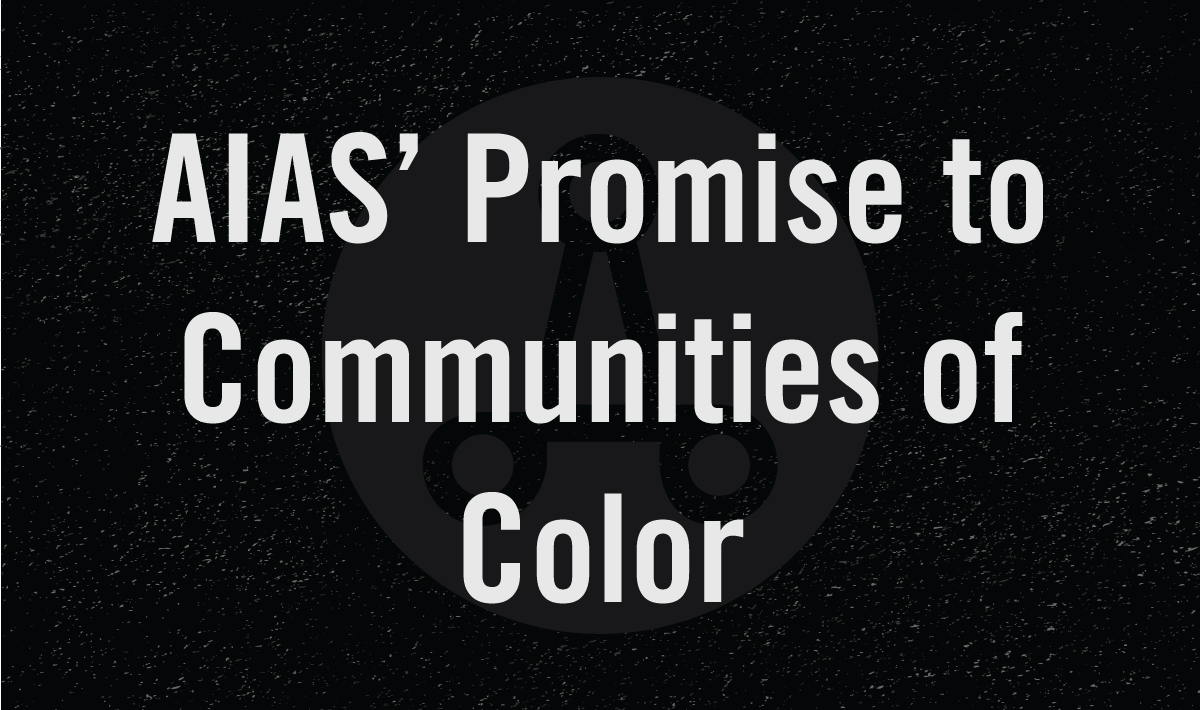It is almost impossible to put into words the feeling we get in the pit of our hearts when we are unable to distract ourselves from the egregious manifestations of racial inequality in the United States of America. Some of us are new to feeling, or do not regularly feel, so angry, helpless, and disgusted. Some of us have lived with that scary discomfort for so long now that it is as familiar, as anxiety-inducing, and as exhausting as a recurring nightmare. During times like these, all of us have the potential and responsibility to embrace empathy, seek justice, and uplift those who need it the most, no matter how difficult it may seem to be.
Though we may wish it otherwise, racism has always been and will continue to be inseparable from the realm of architecture. This profession we’re inheriting has a long history of excluding people of color and underserved groups from the design process, even when their homes and livelihoods are repeatedly the first to be demolished to make way for “bigger and better” developments. Between the 1960’s and today, the percentage of licensed architects in the United States that are African-American has not exceeded 3%; and as of right now, in all of this country’s recorded history and among the over 110,000 currently licensed architects in the U.S., there have not yet been 500 licensed architects who identify as African-American women. Though most of us were not taught these facts in architectural history classes, a few of us have had to live these lessons in our very real present and, unfortunately, for the foreseeable future. Our education and experience in this field is a reflection of society’s privileged ability to disregard the minority and benefit the majority. There are no more excuses – we cannot un-know or un-see what the pandemic has exacerbated and what advocacy has brought to light over the past few months; and as Desmond Tutu said, “if you are neutral in situations of injustice, you have chosen the side of the oppressor.” The pursuit of equality is an interdisciplinary issue that we, as students, designers, recent graduates, and almost-architects, should be excited to do our part to solve.
We hold these truths to be self-evident: All people are created equal. Racial discrimination is as pervasive as it is wrong. Police brutality and a broken criminal justice system have stolen too many lives. George Floyd, Breonna Taylor, Ahmaud Arbery, and countless others over the centuries are just the tip of the iceberg of premeditated atrocities against an entire culture. The erasure of black, brown, and indigenous history from our education is part of the problem. The inequitable distribution and withdrawal of resources and opportunities to and from certain peoples based on the color of their skin has not ceased. Architecture has the ability to design and build spaces that no one has to be afraid to walk through and that everyone (yes, everyone) is allowed to exist in. It takes a village to make real change and we are stronger together than we are apart. “Nobody’s free until everybody’s free,” – Fannie Lou Hamer. Black lives matter. None of these are controversial statements that architects, designers, and human beings should feel uneasy making.
The practice of architecture is a lifelong education, and we like to think that no one knows more about studying, learning, and overcoming tests than the American Institute of Architecture Students. We challenge ourselves every day to learn more about what struggles can be eased by architecture and design, but more importantly, we challenge each other to never accept complacency. We rededicate ourselves to holding our profession and our country accountable for its transgressions, its promises, and its potential. Like Audre Lorde once said, “we cannot dismantle the master’s house with the master’s tools,” so we will endeavor to better rebuild what has been torn down, and we will replace the oppressive laws that have already torn us down. This is not a one-time statement; this is our ongoing promise to our members, to all students, and to the practice of architecture that the AIAS will always amplify the voiceless, denounce injustice, and stand in solidarity with our communities of color.
Be safe and take care of each other,
Sarah Curry
2019-2020 AIAS President
##
Looking for more information? Check out these resources and many more all over the internet about understanding what’s going on and how you can contribute to the movement:
Read and Watch:
National Organization of Minority Architects’ Statement Regarding Racial Injustice
Do You Know the Names of Those We’ve Lost to Police Brutality Lately
Bryan Stevenson’s Response to the Protests
Kimberly Dowdell’s Thoughts on How Architects Can Fight Against Built-In Racism
Reminder to Check in on Friends of Color
Fun Books about the Black Experience
Serious Books about the Black Experience
Trevor Noah’s Thoughts about Protests and Racially-Motivated Murder
Protesting During a Pandemic
Advocate and Donate:
Toolkit for Advocacy about Policing
How to Support the Struggle Against Police Brutality
How to be a Black Lives Matter Ally










